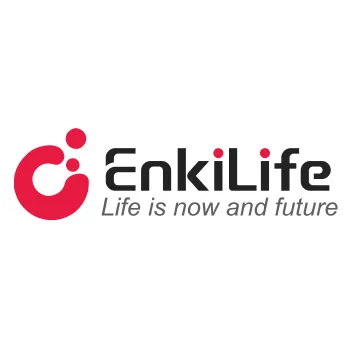Product Information
This product is a high-performance DNA transfection reagent designed for the intracellular delivery of plasmid DNA and gene expression. Compared to other transfection reagents, it offers several significant advantages: serum resistance, low cytotoxicity, high stability, simple and easy-to-follow transfection procedures, and excellent reproducibility. These features make it an efficient and reliable tool for transfection experiments in various cell lines.
Optimization of Plasmid DNA Transfection
To achieve optimal transfection results, the transfection process can be optimized by adjusting the following parameters: cell density, DNA concentration, and transfection reagent concentration. When conducting optimization experiments, ensure that the cell confluence is above 60%, and the ratio of transfection reagent (µL) to DNA (µg) can be flexibly adjusted between 1:1 and 5:1 to find the most suitable transfection conditions for the target cell line.
Table.1 Reference Table for Transfection Reagent and DNA Usage in Different Culture Plates
Culture Plate | Single Well Area (cm²) | Seeded Cell Number (cells) | Final Volume of Opti-MEM Dilution (µL) | Transfection Reagent Usage (µL) | DNA Usage (µg) |
96-well | 0.3cm2 | 200µL | 10µL | 0.5µL | 7.5µg |
24-well | 2.0cm2 | 500µL | 20µL | 1.0µL | 15µg |
12-well | 4.0cm2 | 1mL | 40µL | 2.0µL | 30µg |
6-well | 10.0cm2 | 2mL | 100µL | 4.0µL | 60µg |
60mm | 20.0cm2 | 5mL | 0.2µL | 8.0µL | 4.0µg |
10cm | 60.0cm2 | 15mL | 0.6µL | 24.0µL | 12.0µg |
Precautions
1.Before using this product, please read this specification sheet carefully and strictly follow the recommended procedures to ensure optimal transfection results.
2.This product is intended for research use only and should not be used for clinical diagnosis or treatment or any other purposes.

